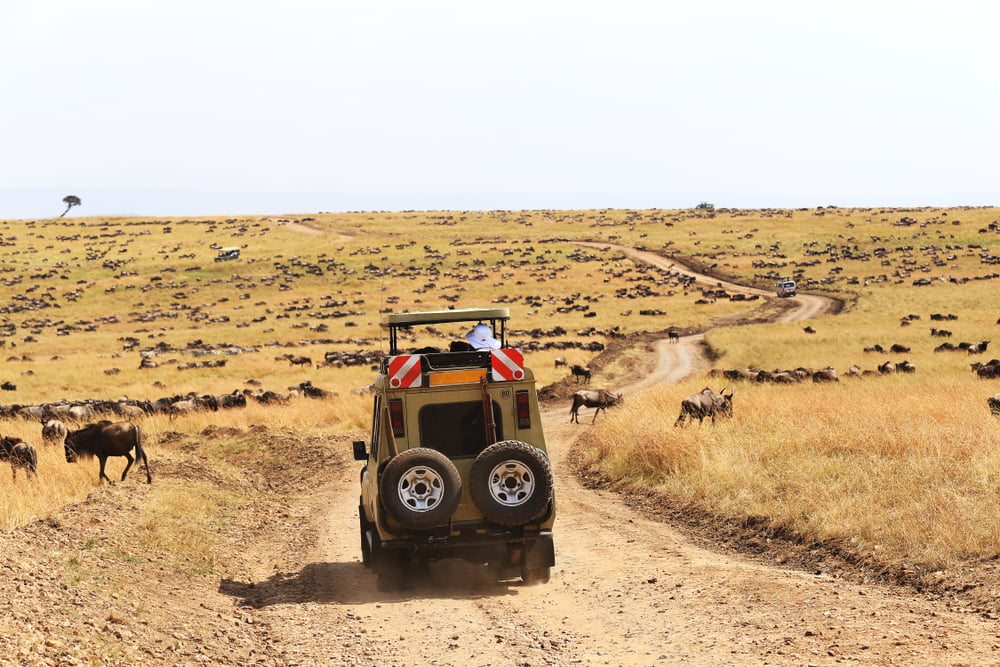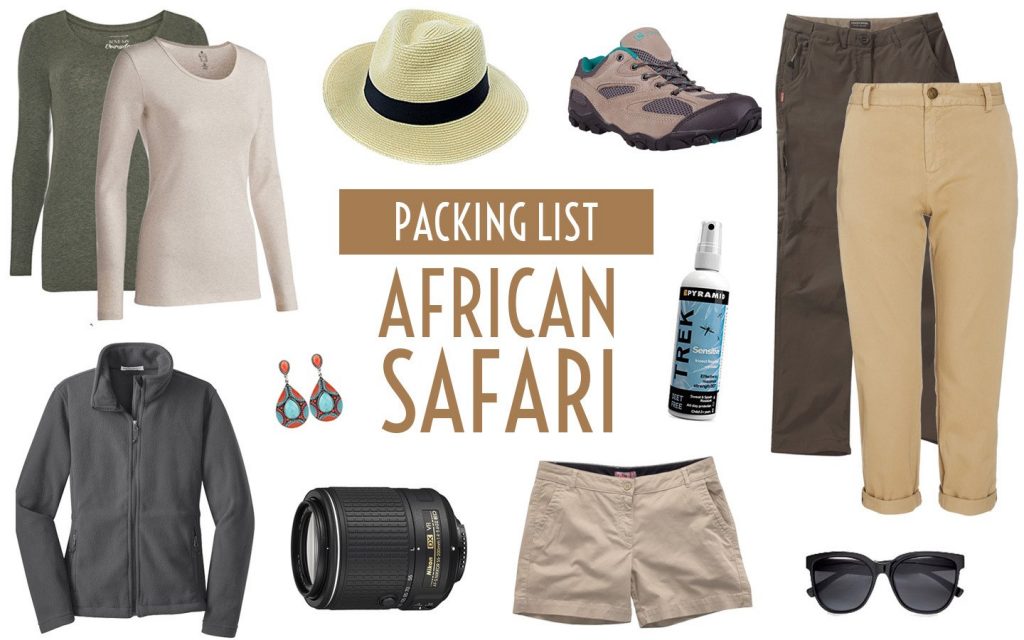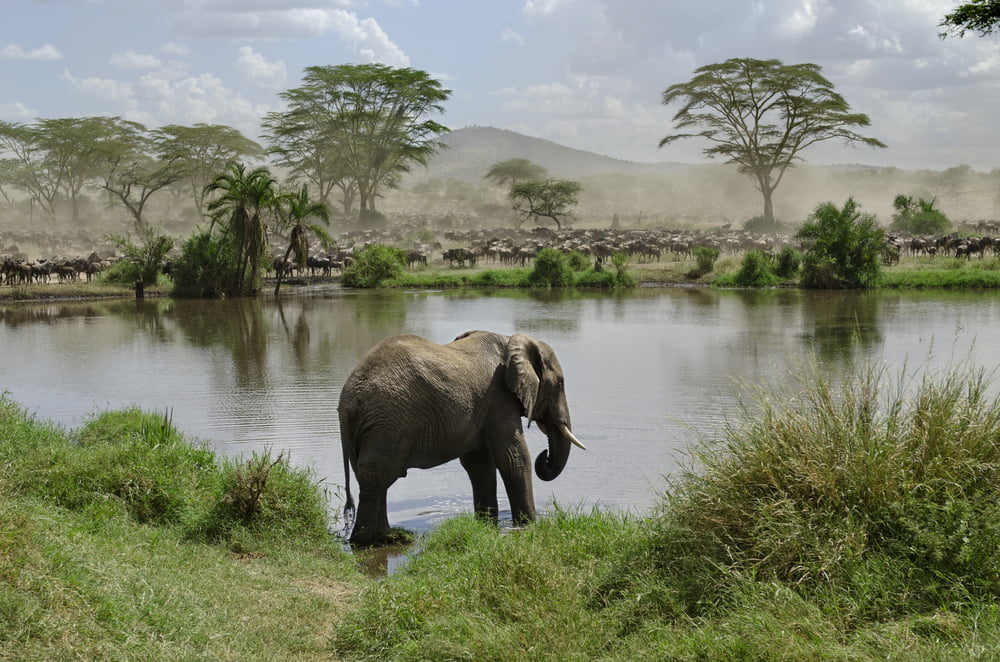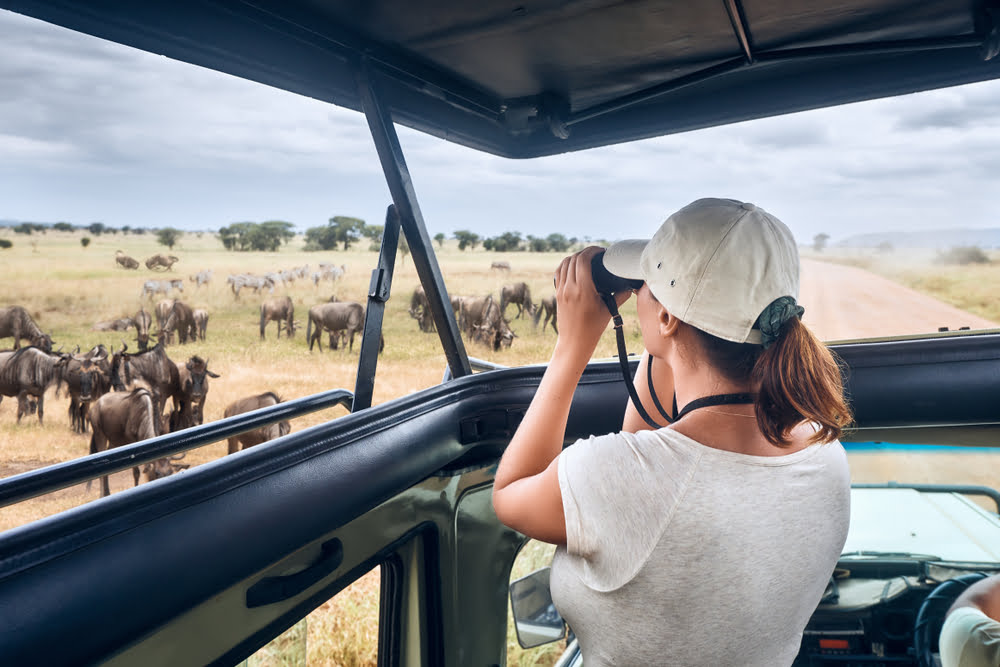Tanzania Travel Tips & Useful info
Tanzania Travel Tips & Useful info Planning a safari adventure to Tanzania and want to know a little more about the country? Not sure if you need to take malaria pills or whether you’ll have much WiFi access over there? You’ll find the answers to all these questions and more with our Top Travel Tips covering everything from pre-travel health advice to money, shopping and more. What vaccinations do I need for Tanzania? You should seek medical advice from your local health practitioner before travelling to Tanzania and ensure that you receive all of the appropriate vaccinations. As a guide COVID-19, Polio, Diphtheria, Hepatitis A & B, Typhoid and Tetanus is strongly recommended. Meningitis and Rabies are also recommended. A Yellow Fever International Certificate of Vaccination is required if arriving from countries infected with yellow fever or if you were in transit through infected areas (unless you remained on board or at the airport). This is particularly relevant if travelling from neighbouring African countries. If visiting Zanzibar from mainland Tanzania, a yellow fever certificate must be produced to gain entry. COVID-19 situation in Tanzania The Tanzania government has had a fast response to the Covid-19 situation and is on a national wide campaign to ensure all citizens are vaccinated. Hence, making it safe for all foreigners to visit Tanzania. Here is a link to BBC News coverage on the Tanzania Covid-19 vaccination campaign. Do I need anti-malaria tablets for Tanzania? There is a risk of malaria in Tanzania so it is very important to check with your doctor before you go, to see whether malarial medication is required for the areas you are visiting. Generally, it is good practice to avoid mosquito bites by wearing long-sleeved, light-coloured clothes and wearing a mosquito repellent that contains at least 50% DEET. For more information on the malaria risk in Tanzania visit the NHS Fit to Travel page or the CDC Traveler’s Health page. What is the plastic bag ban? Tanzania has introduced a ban on plastic bags effective from June 1st 2019. All travellers arriving at a Tanzania airport could face heavy fines for using plastic bags in any way, shape or form. These include shopping bags, garbage bags and “zip-lock” plastic bags used for transporting liquids and cosmetics. We recommend that you avoid packing any plastic bags in your suitcase or carry-on luggage before travelling to Tanzania. If you do purchase any items at your departure airport, be sure to take them out of their plastic bags. Double-check your hand luggage before disembarking and leave any plastic bags on the plane. Is it safe to drink tap water in Tanzania? The tap water in Tanzania is not considered safe to drink. You should drink bottled mineral water, which is readily available from shops, hotels and restaurants. Make sure you purchase this from reputable outlets and that the seal on the bottle is not broken. What’s the food like in Tanzania? The most common staples found in Tanzanian cuisine are rice and ugali, a thick, white paste made from cornmeal that is served alongside a sauce-based stew or meat dish. Chapatis, as can be found in India, also make the base of many meals along with beans and mchicha, a green vegetable that resembles spinach. Accompanying these staples are several different meat-centric dishes, such as grilled chicken or nyama choma, roasted beef or goat. Once you hit the coast, seafood makes more of an appearance and one delicious dish is octopus in a creamy coconut curry. Snacks are also widely available, a popular choice of which are samosas, brought over to Tanzania from India. Roasted corn with lemon and chilli salt is also a favourite with locals and can be bought from street-side grills. Meals can be washed down with a hot cup of chai tea or a local beer, such as Safari, Kilimanjaro or Castle. Safe eating while travelling in Tanzania Be wary when eating outside of high-end lodges as sometimes the quality of the meat and the way in which it has been prepared might not be suitable for a sensitive western stomach. Also be aware that food hygiene in Tanzania is much more basic than you will be used to so if something looks unclean, old or badly cooked, it is best to avoid it altogether. It is also a good idea to avoid ice in your drink and eating salad as these might have come into contact with unhygienic water. Is it standard to tip in Tanzania? There is no set procedure when it comes to tipping in Tanzania but be aware that most people in the service industry earn very little and depend on gratuities to make up their income. Safari guides should be tipped the equivalent of about USD $10-15 per day and a few dollars should go to the driver, cook and porters when travelling on an overland safari. If you eat in a restaurant then 10% on top of the bill is a suitable amount to leave. When it comes to taxis, rounding up the fare is a nice way to show your appreciation, especially if they have successfully navigated the chaotic streets of Dar es Salaam for you. What is good to shop for in Tanzania? The most popular purchase for travellers in Tanzania is a traditional wooden carving, usually in the shape of a mask or tribes person. A close second to this are the soapstone sculptures that can be found in boutiques as well as marketplaces. Another excellent item to take home with you is a Maasai blanket, which are brightly coloured and similar in pattern to tartan and can be used as tablecloths, picnic blankets or even clothes. If you’re looking for something to wear, colourful kangas, which look like sarongs, are widely available. You might also want to look out for some tinga-tinga art, a unique style to Tanzania that encompasses bright colours and a cartoon-ish style and usually depicts safari animals or African scenes. Another uniquely Tanzanian product is Tanzanite, a






